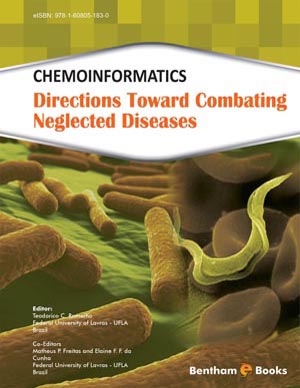Abstract
SHS investigation development is considered from the geographical and historical viewpoint. 3 stages are described. Within Stage 1 the work was carried out in the Department of the Institute of Chemical Physics in Chernogolovka where the scientific discovery had been made. At Stage 2 the interest to SHS arose in different cities and towns of the former USSR. Within Stage 3 SHS entered the international scene. Now SHS processes and products are being studied in more than 50 countries.
Abstract
Several techniques have been used to study the mechanisms by which receptors recognize ligands, one of them being quantitative structure activity relationship analysis of compounds. This method facilitates the description of molecular details involved in drug recognition by molecular receptors, as well as the molecular mechanism involved. This technique constitutes an essential tool to investigate chemical, electronic, and structural features affecting the leishmanicidal activity of compounds. However, few studies address this topic in Leishmania. Efforts should be made to stimulate research in this area and thus describe the characteristics of leishmanicidal drugs and their interaction with molecular receptors. The present chapter summarizes progress made recently in quantitative structure activity relationship studies of leishmanicidal compounds in experimental and in vivo scenarios. The review highlights possible critical spots in drug design and discusses the potential activity of compounds against different strains of the parasite as a way to optimize the treatment of leishmaniasis.
Keywords:
Recommended Chapters
We recommend

Authors:Bentham Science Books


 Download PDF Flyer
Download PDF Flyer



